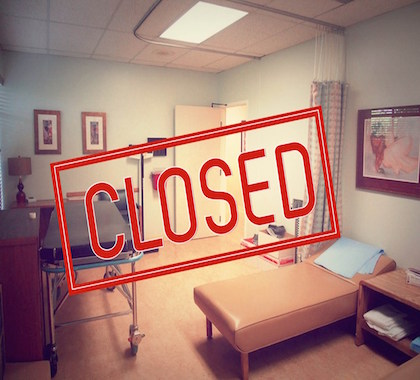Despite legal barriers in many states that restrict their ability to practice, nurse practitioners (NP) and physician assistants (PA) can deliver high-quality, affordable, primary care services to patients, the study says.
At present, 13 percent of Americans live in a county with fewer than one primary care physician (PCP) per 2,000 patients. Over the next decade, the PCP shortage is expected to worsen, as 30 percent of these physicians will retire while the health care needs of Americans aged 65 and older will significantly increase as the population ages.
Calls for Greater Scope
Matthew Glans, a senior policy analyst with The Heartland Institute, which publishes Health Care News, says increasing government permission for non-physician health care professionals to provide primary care services is a smart and proven reform that will go a long way in addressing the looming primary care doctor shortage.
“Expanding the scope of practice of nurse practitioners and physician assistants is an important step states can take to increase the availability of health care to patients,” Glans said. “Allowing nurse practitioners, for example, to administer care is a proven reform that would greatly reduce the upcoming doc- tor shortage and increase access to care.”
Ryan Nunn, policy director for The Hamilton Project at the Brookings Institution, says licensed physicians retain supervision over physician assistants’ work.
“There are a number of restrictions for non-physician practitioners that are sort of small differences in what these practitioners are allowed to do,” Nunn said. “Physician assistants … are always working under a physician’s supervision.”
‘Practice Level’ Decisions
In a paper for The Hamilton Project, Emory University professors E. Kathleen Adams and Sara Markowitz propose two major reforms that would dramatically increase the availability of primary care services. States should allow advanced practice registered nurses—registered nurses who also hold master’s degrees—more freedom to practice, and the relationship between physician assistants and physicians should be determined by each practice, not by the government, Adams and Markowitz argue.
The least restrictive scope-of-practice law allows PAs to work “in teams with physicians but without the legal requirement of the supervisory agreement,” Adams and Markowitz wrote. “In this situation, decisions about the nature of the collaboration are made at the practice level rather than by the state medical board or state law.”
Maintaining High Standards
Scope of practice regulations have a big effect on health care availability and prices, and research shows there is no reduction in health care quality and outcomes when states relax restrictions, Glans says.
“Currently, 21 states and the District of Columbia allow NPs to diagnose and provide some form of treatment for illnesses without a supervision requirement,” Glans said. “While critics of these efforts may claim expanding the scope of practice will lower the overall quality of care, a 2012 article in Health Affairs reviewing 26 studies noted the ‘health status, treatment practices, and prescribing behavior [of NPs] were consistent between nurse practitioners and physicians.'”
The variety of oversight different states require shows relaxing restrictions on primary care providers increases patients’ access to services while maintaining high quality.
“The degree of oversight that is required for a PA varies across states,” Nunn said. “Prescription authority is a really important one. Collaborative work plans may be required, how much physician contact, consulting.
“There’s a great case to be made, based on the empirical evidence of the past few years to the extent that these rules differ across states,” Nunn said. “The expanded scope of practice in states [causes] no observable loss of quality in practices that have PA care. You see good outcomes for the supply of health care and good outcomes for physicians themselves.”
INTERNET INFO:
“Addressing the Nation’s Primary Care Shortage: Advanced Practice Clinicians and Innovative Care Delivery Models,” United Health Group, September 2018: https://bit.ly/2PswfdO
E. Kathleen Adams and Sara Markowitz, “Improving Efficiency in the Health-Care System: Removing Anticompetitive Barriers for Advanced Practice Registered Nurses and Physician Assistants,” The Hamilton Project, Brookings Institution, June 2018: https://bit.ly/2OLCQLc
“Nurse Practitioners and Primary Care,” Health Affairs, May 2013: https://bit.ly/2z8JRRg




